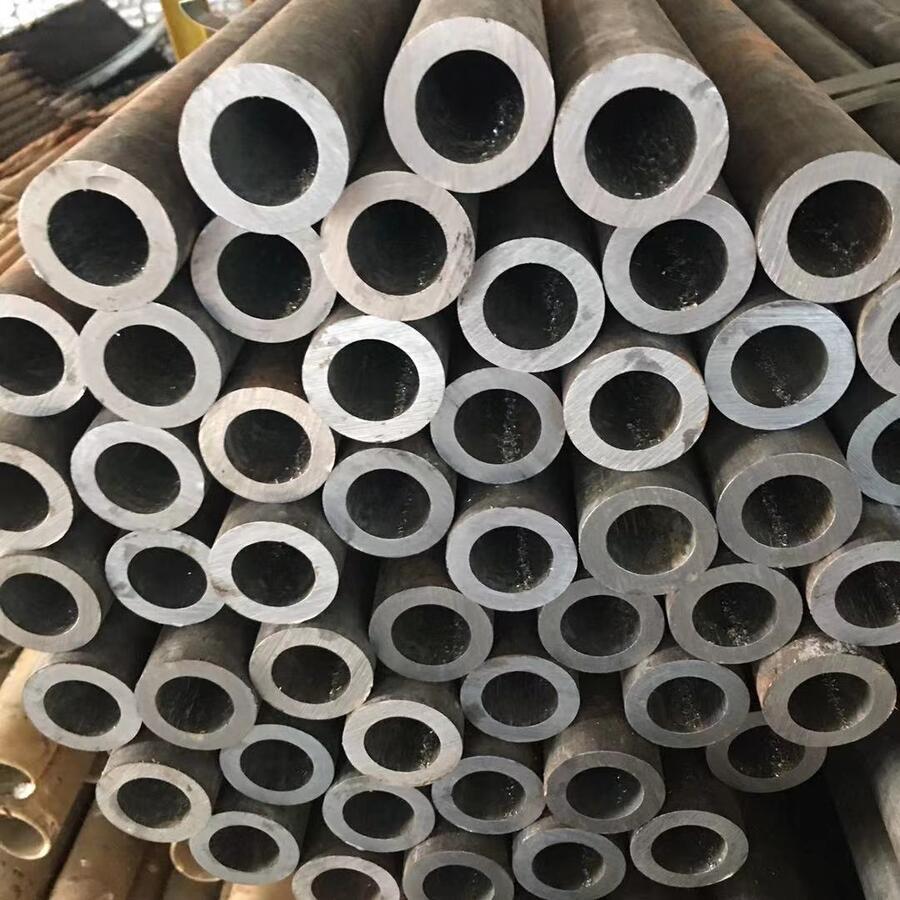The steel rebar rolling mill is a critical component in modern metallurgy, transforming raw billets into high-strength reinforcement bars used in construction. This article delves into the technical aspects, operational parameters, and innovative solutions offered by manufacturers like HANI TECH, a global leader in rolling mill technology.
1. What is a Steel Rebar Rolling Mill?
A steel rebar rolling mill is a specialized facility that processes steel billets into reinforced bars (rebar) through a series of rolling stands. The process involves heating, roughing, intermediate rolling, and finishing to achieve the desired diameter and mechanical properties. Key equipment includes:
- Reheating furnace
- Roughing mill
- Intermediate mill
- Finishing mill
- Cooling bed
- Shearing and bundling machines
2. Key Parameters of a Modern Rebar Rolling Mill
Below is a detailed table showcasing the technical specifications of a high-performance steel rebar rolling mill:
| Parameter | Value | Unit |
|---|---|---|
| Annual Production Capacity | 300,000 – 1,000,000 | tons/year |
| Rolling Speed | 12 – 40 | m/s |
| Finished Rebar Diameter | 8 – 40 | mm |
| Billet Size | 120×120 – 160×160 | mm |
| Reheating Temperature | 1050 – 1250 | °C |
| Rolling Stands | 18 – 28 | units |
| Motor Power (Total) | 10,000 – 25,000 | kW |
| Cooling Bed Length | 80 – 120 | m |
| Tolerance | ±0.3 – ±0.5 | mm |
| Yield Strength | 400 – 600 | MPa |
3. Advanced Solutions from HANI TECH
HANI TECH provides cutting-edge steel rebar rolling mill solutions, including:
- Energy-efficient designs: Reduced power consumption by 15-20% through optimized motor systems.
- Automated control systems: PLC-based precision control for consistent product quality.
- High-speed rolling technology: Capable of producing rebar at speeds up to 40 m/s.
- Customized mill stands: Designed for specific production requirements and space constraints.
Their sister company HANI Metallurgy complements these solutions with advanced melting and casting equipment, ensuring seamless integration from raw material to finished product.
4. The Rolling Process Explained
The production of rebar in a steel rebar rolling mill follows these key stages:
- Billet heating: Billets are heated to 1100-1250°C in a walking beam or pusher furnace.
- Roughing: Initial reduction of billet size through 4-6 roughing stands.
- Intermediate rolling: Further size reduction with controlled deformation.
- Finishing: Final shaping and rib pattern formation.
- Cooling: Controlled cooling on the cooling bed to achieve desired metallurgical properties.
- Cutting and bundling: Automatic shearing and bundling for shipment.
5. Maintenance and Spare Parts
Proper maintenance is crucial for steel rebar rolling mill efficiency. HANI TECH offers:
- High-quality spare rollers with extended service life
- Wear-resistant guides and guards
- Specialized gearboxes for high-torque applications
- Online monitoring systems for predictive maintenance
For comprehensive solutions in both rolling mills and melting equipment, visit HANI TECH and HANI Metallurgy to explore their full range of products and services.
The steel rebar rolling mill industry continues to evolve with technological advancements, and companies like HANI TECH are at the forefront of this innovation, providing efficient, reliable, and cost-effective solutions for global steel producers.




